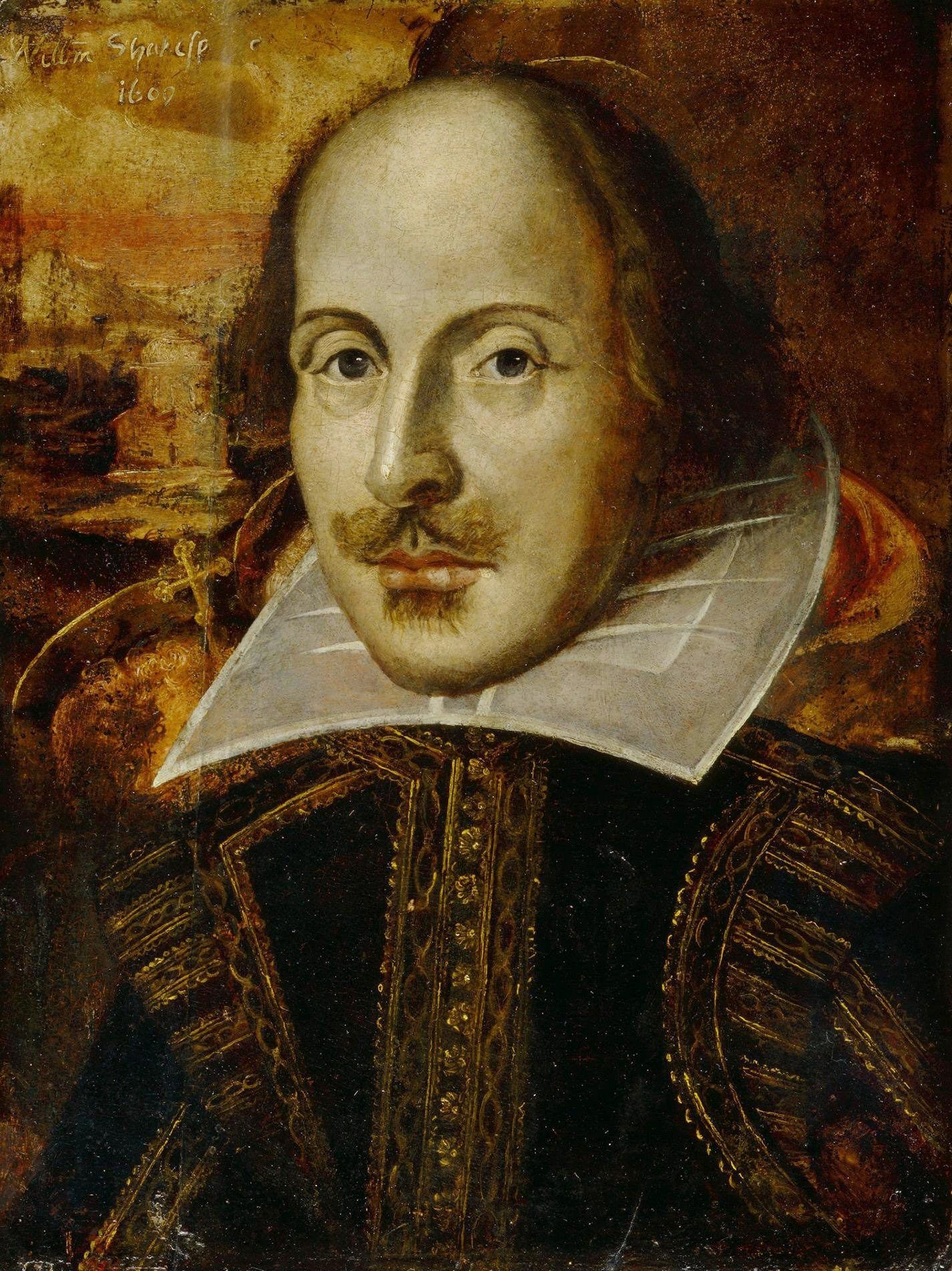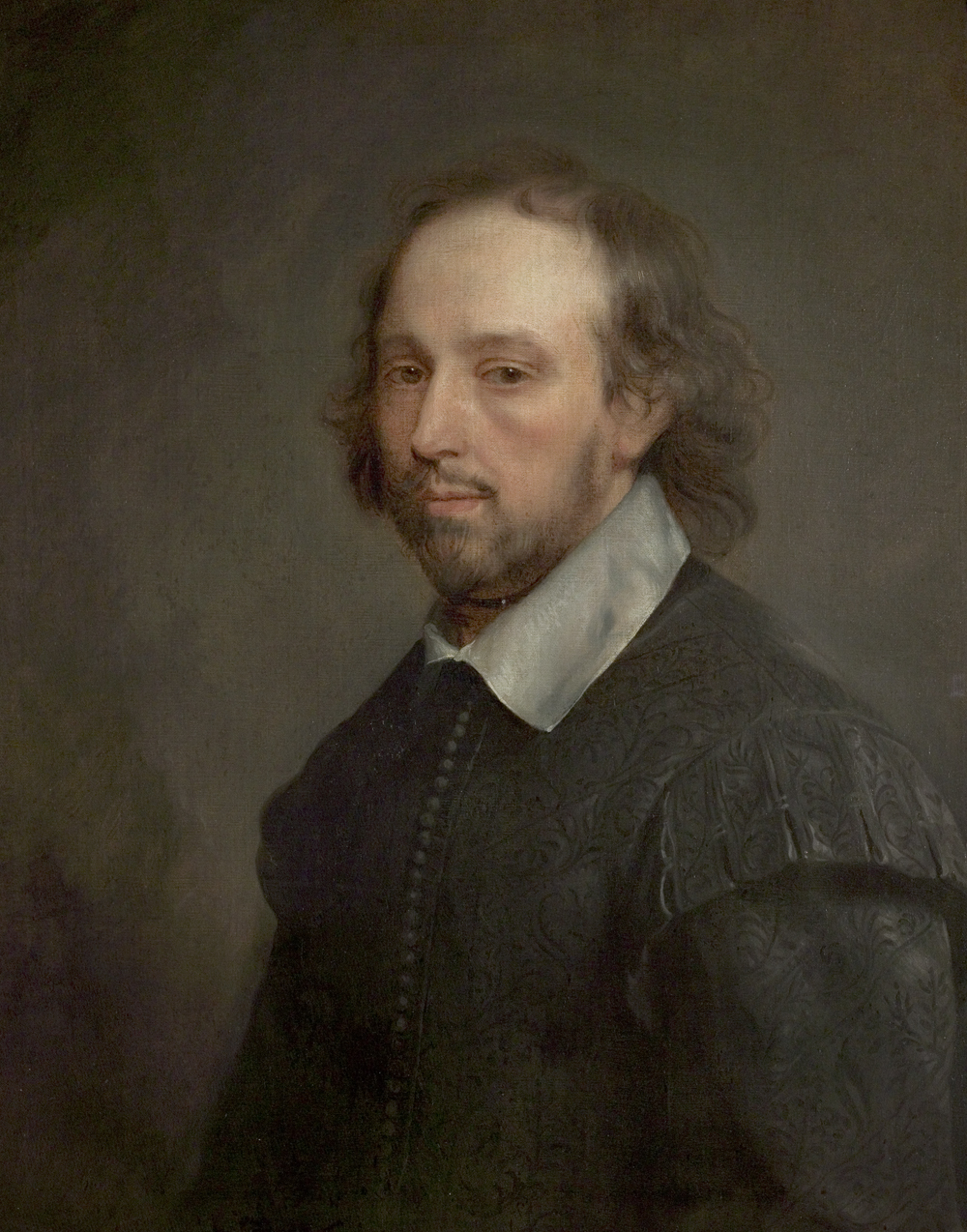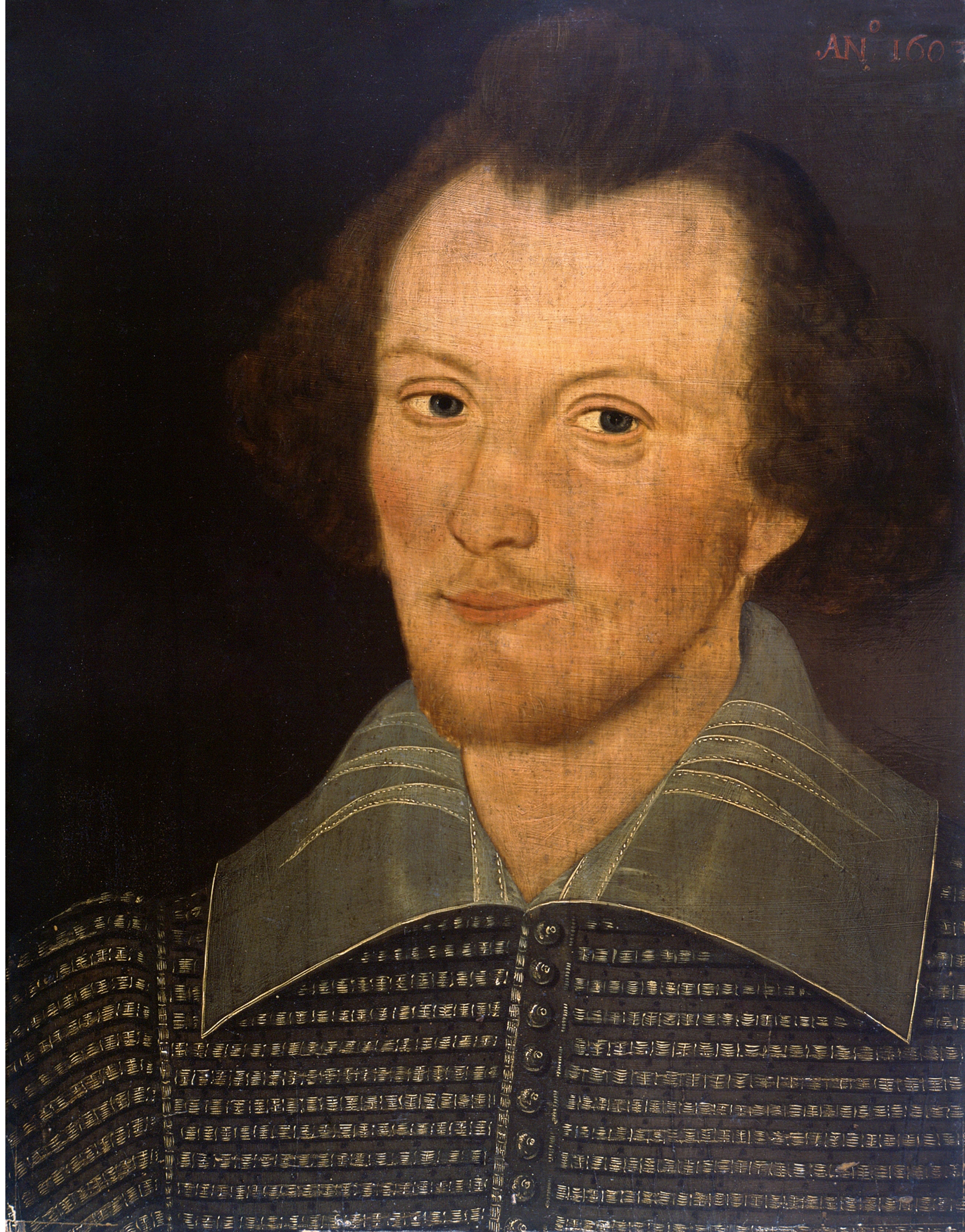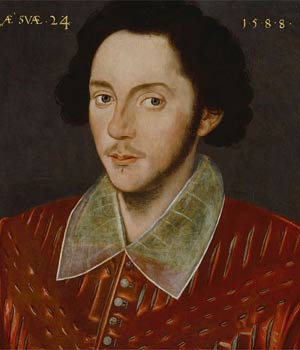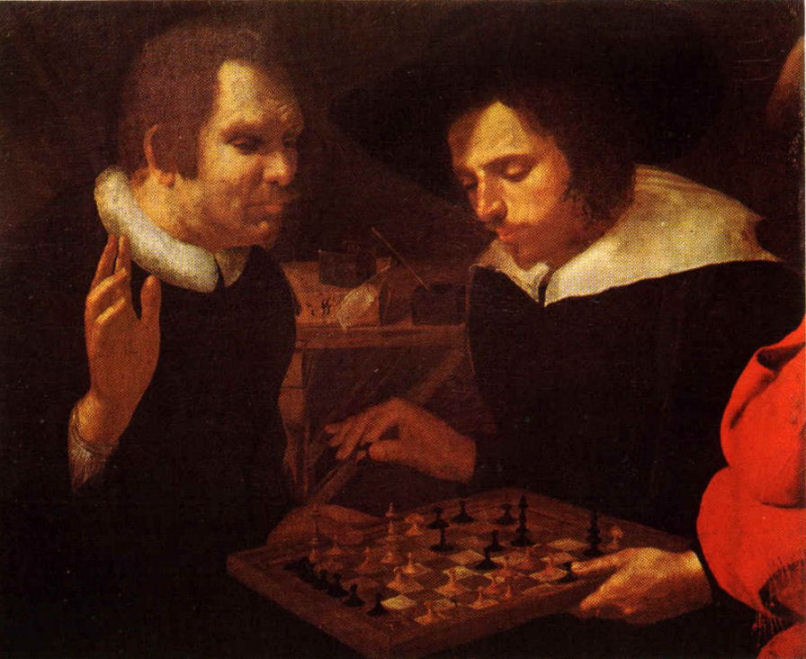'Take heed that no man deceive you. For many shall come in my name, saying, I am Christ' - Matthew 24: 4-5
There is a man in Australia who says that he's Jesus Christ.
"My name's Alan John Miller and I'm actually Jesus", he boldly asserts.
He says He can remember the events that happened to Him in His first coming 2,000 years ago, including His crucifixion, which He declares "wasn't as harrowing for me as it was for Mary and others who were present".
Jesus has set up a cult which He calls The Jesus Cult, and has created a compound in rural Australia in which He teaches 'Divine Truth' to "assist people to have a personal relationship with God".
By Jesus's side is His partner Mary Magdalene also known as Mary Suzanne Luck.
Jesus says He also met in the afterlife many illustrious historical figures (though none as illustrious as Himself!) among them Moses and Abraham, Plato, Socrates and Gandhi.
Jesus also plays the guitar.




